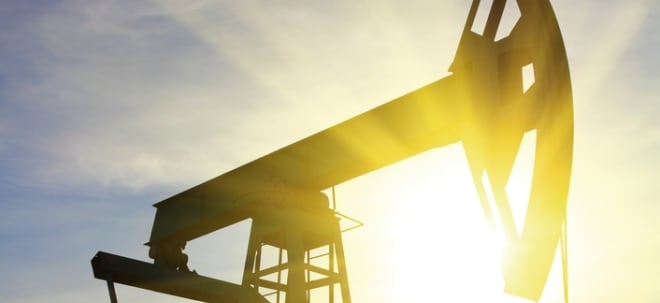Canada’s auditor general snaps at climate, Indigenous gaps in critical minerals strategy
Canada’s auditor general criticized the federal critical minerals strategy for not adequately probing the impact increased mining will have on the environment and Indigenous communities.The government program issued in 2022 budgets C$3.8 billion on critical minerals support over eight years. Yet, the strategy doesn’t properly measure results and progress on ecosystems and First Nations, the Office of the Auditor General, the government’s own watchdog, said in a report on Thursday. The matters included greenhouse gas emissions, the protection of culturally significant sites and improvements to local living conditions, it said.“Moving forward, Natural Resources Canada will have to fully assess risks and impacts of the Canadian Critical Minerals Strategy to help maximize the strategy’s benefits while minimizing adverse effects from increased mining activities,” report author Jerry DeMarco said in a release.“Otherwise, the benefits of advancing technology in support of the transition to net-zero emissions could be offset by adverse effects on climate, biodiversity, Indigenous communities, and future generations.”The federal natural resources ministry agreed with the report’s recommendations while noting provinces have control over mining to a large extent.“Given that relatively few critical minerals projects fall within federal jurisdiction, the strategy alone cannot account for expected national level net-impacts of critical minerals development on domestic greenhouse gas emissions,” the ministry stated in the report.Carbon sinksMining and its infrastructure could release carbon from the forests, wetlands and peatlands that keep it out of the air and warming the planet, the auditor general says. The amount of carbon released could offset the reduced fossil-fuel exhaust as more people drive electric vehicles made from critical minerals.It’s one of the arguments against developments in northern Ontario’s 5,000-sq.-km Ring of Fire region, a low-lying area of swamps some 450 km northeast of Thunder Bay. The Eagle’s Nest project held by Wyloo Metals is there, owned by former Fortescue Metals Group (ASX: FMG) CEO Andrew Forrest. Teck Resources (TSX: TECK.A and TECK.B; NYSE: TCK) entered the area last month in an option agreement with Canterra Minerals (TSXV: CRM; US-OTC: CRMCF) on an early-stage property. “Increased mining activities will result in adverse environmental effects and increase greenhouse gas emissions, which could compromise Canada’s ability to meet its commitments to climate action, biodiversity and Indigenous reconciliation,” wrote DeMarco, who is the auditor-general’s Commissioner of the Environment and Sustainable Development.“Overall, Natural Resources Canada did not have strong enough governance or robust risk analysis, nor did the department sufficiently assess the environmental and climate impacts.”The mining industry and the Ontario government, led by Premier Doug Ford, contend the Ring of Fire and its 362 km of proposed all-season roads need to be developed as soon as possible. The future mines would feed some of the $43 billion in electric vehicle investment that has poured into Ontario over the past few years. That includes mineral processing, battery plants and vehicle assembly.Indigenous reconciliationThe Ring of Fire area is home to Indigenous groups, like most of the places in Canada where companies explore for mining opportunities. The federal critical mineral strategy includes an objective to advance reconciliation with Indigenous peoples.It has indicators and targets for economic reconciliation such as revenue sharing and job opportunities, but there are few indicators for measuring social aspects, according to the auditor general’s report. The government consulted with Indigenous peoples when it developed the strategy. Work on a plan for ongoing engagement had just begun, according to the report.“The department also did not have a process to track and monitor risks to determine the effectiveness of mitigation measures throughout the implementation of the strategy,” the auditor said.“Natural Resources Canada should engage with relevant groups, including Indigenous peoples in the identified areas rich in critical mineral potential,” DeMarco said. It should “better integrate their priorities” in the strategy’s geoscience and data initiative, which has publicly available modelling, mapping and datasets.Weiter zum vollständigen Artikel bei Mining.com
Quelle: Mining.com
Nachrichten zu Minerals Corporation Limited MSCShs
Keine Nachrichten im Zeitraum eines Jahres in dieser Kategorie verfügbar.
Eventuell finden Sie Nachrichten, die älter als ein Jahr sind, im Archiv
Analysen zu Minerals Corporation Limited MSCShs
Keine Analysen gefunden.

